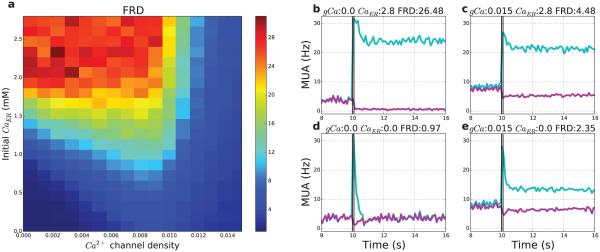Figure 12. Firing-rate distinction depends on both external (VGCC) and internal (ER) calcium stores, determined respectively by voltage-gated calcium channels (VGCC) density and ER [Ca2+].
(a) N = 336 21 s simulations were run varying the density of VGCCs (x-axis) from 0–0.015 nS/cm2 (n = 16 levels), and the concentration of calcium in the ER (y-axis) from 0–2.8 mM (n = 21 levels). (b–d) Differences in MUA (light blue: stimulated; purple: non-stimulated; bin size 100 ms) and FRD; examples taken from four corners of (a). (b) High internal stores (upper left of Fig. 12): Absence of VGCCs (0.0) with high ER calcium concentration (2.8 mM) allows for high FRD (26.48); (c) High internal and external stores (upper right of Fig. 12): High density of VGCCs (0.015 nS/cm2) with high ER calcium (2.8 mM) produces moderate FRD (4.48); (d) No Ca2+ stores (lower left of Fig. 12): Absence of VGCCs with zero initial ER calcium produces low FRD (0.97); (e) High external stores (lower right of Fig. 12): High density of VGCCs (0.015 nS/cm2) with zero initial ER calcium produces moderate FRD (2.35).

